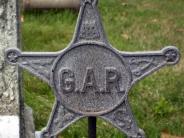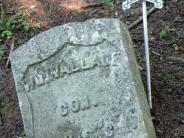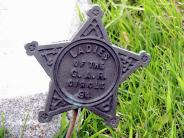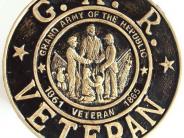- Our Community
- Community Overview City History Community Demographics Chamber of Commerce Events and Activities City Calendar City Parks On-Line Store Cemeteries Local Weather Photo Gallery
- Library School District Public Safety Emergency Management Police Fire ADA Compliance Americans with Disabilities Wall of Honor Wall of Honor
- Grove Regional Airport Grand Lake Association INTEGRIS Grove Hospital Har-Ber Village Lendonwood Garden Playmakers Theatre Cayuga Mission
- Doing Business
- Welcome Visitors
- Grand Lake Association Grove Area Chamber of Commerce Grove Regional Airport Playmakers Theatre
- Cayuga Mission Grand Lake Queen Har-Ber Village Lendonwood Garden Starbirds National Rod Custom Car Hall of Fame Grand River Dam Authority (GRDA)
- On-line Store Photo Gallery Events Where to Eat Where to Stay Where to Park in Downtown Grove Wolf Creek Park & Boating Facility
- Inside City Hall
- Contact City Hall Staff Directory Submit a Complaint or Comment City Code Comprehensive Plan Jobs - Equal Opportunity Employer Non-Discrimination Download Employment Application Submit Employment Application
- Agendas and Minutes City Council Boards and Committees Convention and Tourism Bureau Economic Development Authority Municipal Airport Authority Municipal Service Authority Planning and Zoning Board Zoning Board of Adjustments ADA Compliance Americans with Disabilities
- Departments Administration Airport Buildings and Grounds Community Development Economic Development Finance Fire Emergency Management Municipal Court Police Public Works Utility Services
- Helpful Resources
- Alerts and Notifications Email Subscriptions Events and Meetings Agendas and Minutes City Calendar In the News City News
- Contact the City Staff Directory Submit a Request or Concern Code Red Code Red Login Documents and Forms Documents and Reports Forms, Permits and Applications Maps
- Social Media City of Grove on Facebook Wolf Creek Park on Facebook Grove Animal Control on Facebook Frequently Asked Questions Frequently Used Numbers Helpful Links
Veteran, Grand Army of the Republic (GAR)
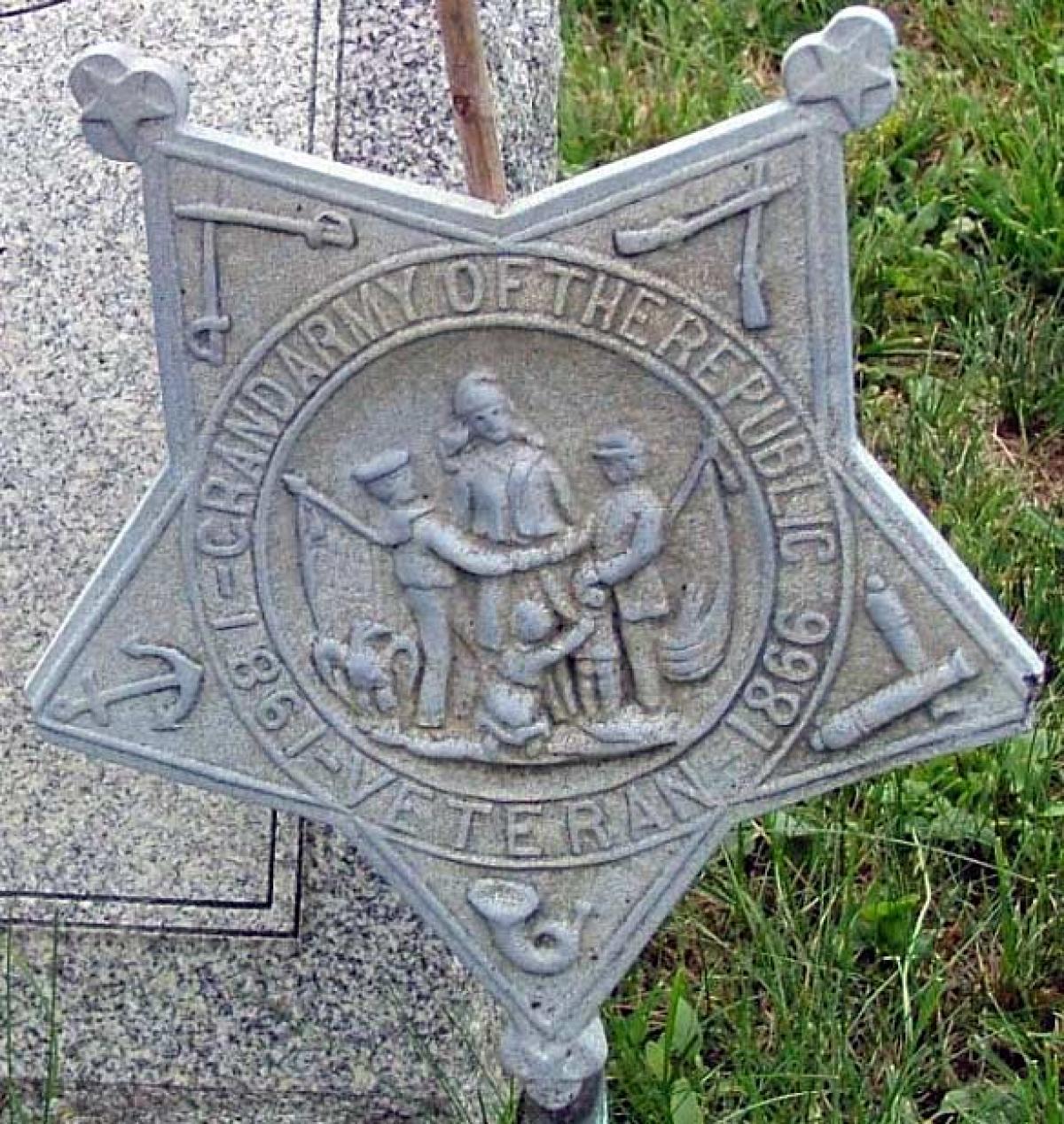
GRAND ARMY OF THE REPUBLIC (GAR) VETERAN - The "Grand Army of the Republic" (GAR) was a fraternal organization composed of veterans of the Union Army (United States Army), Union Navy (U.S. Navy), Marines and the U.S. Revenue Cutter Service who served in the American Civil War for the North.
In early 1866 the United States of America — now securely one nation again — was waking to the reality of recovery from war, and this had been a much different war. In previous conflicts the care of the veteran warrior was the province of the family or the community. Soldiers then were friends, relatives and neighbors who went off to fight–until the next planting or harvest. It was a community adventure and their fighting unit had a community flavor.
By the end of the Civil War, units had become less homogeneous, men from different communities and even different states were forced together by battle and many new friendships were forged. With the advances in the care and movement of the wounded, many who would have surely died in earlier wars returned home to be cared for by a community structure weary from a protracted war and now also faced with the needs of widows and orphans. Veterans needed jobs, including a whole new group of veterans–the colored soldier and his entire, newly freed, family. It was often more than the fragile fabric of communities could bear.
State and federal leaders from President Lincoln down had promised to care for “those who have borne the burden, his widows and orphans,” but they had little knowledge of how to accomplish the task. There was also little political pressure to see that the promises were kept.
But probably the most profound emotion was emptiness. Men who had lived together, fought together, foraged together and survived, had developed an unique bond that could not be broken. As time went by the memories of the filthy and vile environment of camp life began to be remembered less harshly and eventually fondly. The horror and gore of battle lifted with the smoke and smell of burnt black powder and was replaced with the personal rain of tears for the departed comrades. Friendships forged in battle survived the separation and the warriors missed the warmth of trusting companionship that had asked only total and absolute commitment.
With that as background, groups of men began joining together — first for camaraderie and then for political power. Emerging most powerful among the various organizations would be the Grand Army of the Republic (GAR), which by 1890 would number 409,489 veterans of the “War of the Rebellion.”
Founded in Decatur, Illinois on April 6, 1866 by Benjamin F. Stephenson, membership was limited to honorably discharged veterans of the Union Army, Navy, Marine Corps or the Revenue Cutter Service who had served between April 12, 1861 and April 9, 1865.
The official body of the Department was the annual Encampment, which was presided over by the elected Department Commander, Senior and Junior Vice Commanders and the Council. Encampments were elaborate multi-day events which often included camping out, formal dinners and memorial events. In later years the Department Encampments were often held in conjunction with the Encampments of the Allied Orders, including Camps of the Sons of Veterans Reserve, which at the time were quasi-military in nature, often listed as a unit of the state militia or national guard.
The GAR founded soldiers’ homes, was active in relief work and in pension legislation. Five members were elected President of the United States and, for a time, it was impossible to be nominated on the Republican ticket without the endorsement of the GAR voting block.
In 1868, Commander-in-Chief John A. Logan issued General Order No. 11 calling for all Departments and Posts to set aside the 30th of May as a day for remembering the sacrifices of fallen comrades, thereby beginning the celebration of Memorial Day.
With membership limited strictly to “veterans of the late unpleasantness,” the GAR encouraged the formation of Allied Orders to aid them in its various works. Numerous male organizations jousted for the backing of the GAR and the political battles became quite severe until the GAR finally endorsed the Sons of Veterans of the United States of America (later to become the Sons of Union Veterans of the Civil War) as its heir. A similar, but less protracted, battle took place between the Womens’ Relief Corps (WRC) and the Ladies of the Grand Army of the Republic (LGAR) for the title “official auxiliary to the GAR.” That battle was won by the WRC, which is the only Allied Order open to women who do not have an hereditary ancestor who would have been eligible for the GAR. But in this case the LGAR retained its strength and was made one of the Allied Orders.
Coming along a bit later, the Daughters of Union Veterans of the Civil War, similar to the SUVCW but for women, also earned the designation as an Allied Order of the GAR. Rounding out the list of Allied Orders is the Auxiliary to the Sons of Union Veterans of the Civil War, which is open to women with hereditary ties to a veteran or who is the spouse, sister or daughter of a member of the SUVCW.
The final Encampment of the Grand Army of the Republic was held in Indianapolis, Indiana in 1949 and the last member, Albert Woolson, died in 1956 at the age of 109 years.
Click any thumbnail image to view a slideshow

